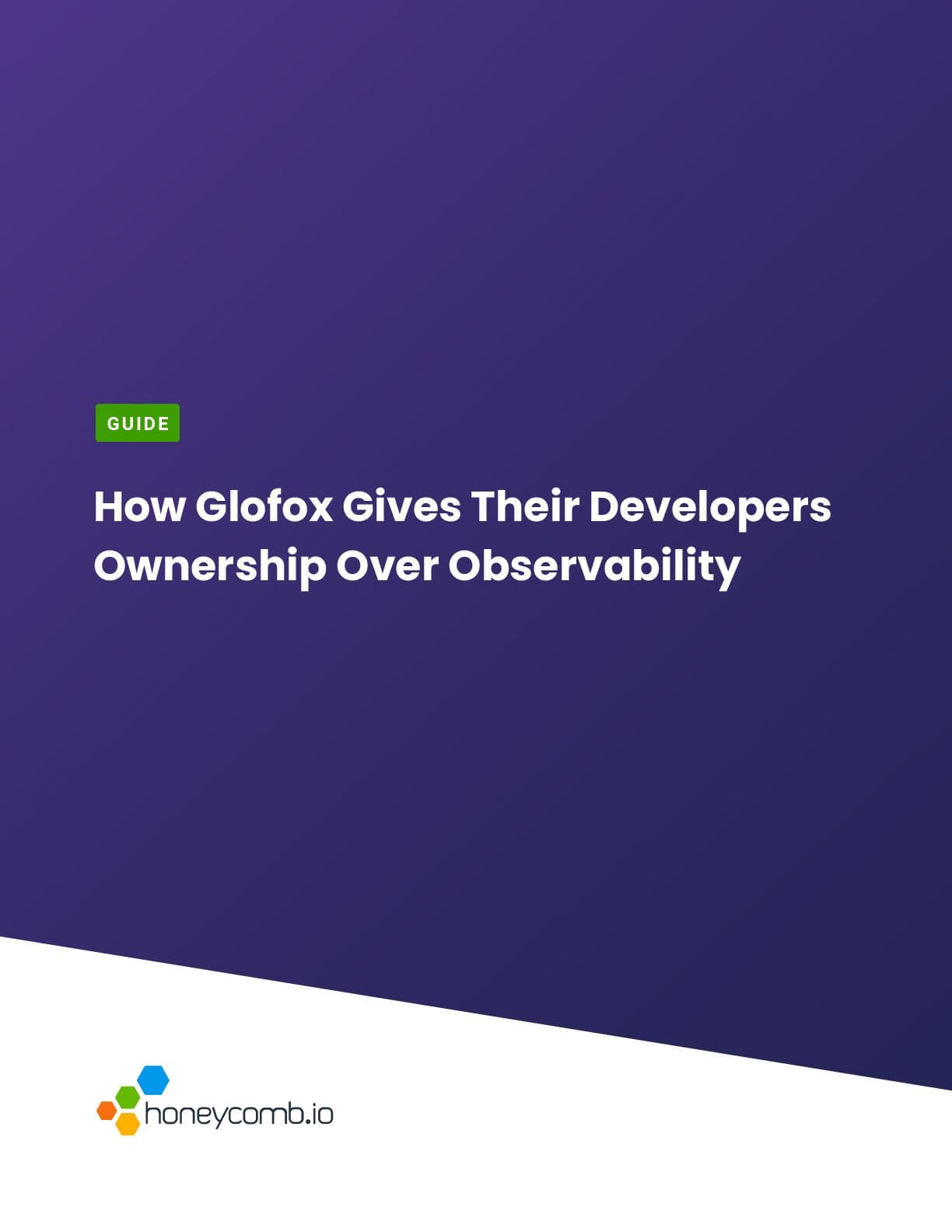How Glofox Gives Their Developers Ownership Over Observability
When Pierre Vincent, head of SRE, and Rob Meaney, director of engineering, started working at Glofox, there was no culture of observability. Performance issues were treated with a shrug of the shoulders, and statements like “Oh, that happened yesterday, too. That’s normal.” were common.
But as they described in a Honeycomb Brunch & Learn session, Pierre and Rob were able to join forces and turn this attitude around by establishing a culture of observability and giving their developers a feeling of ownership over Glofox’s observability as a whole. This guide will share how they did it.
